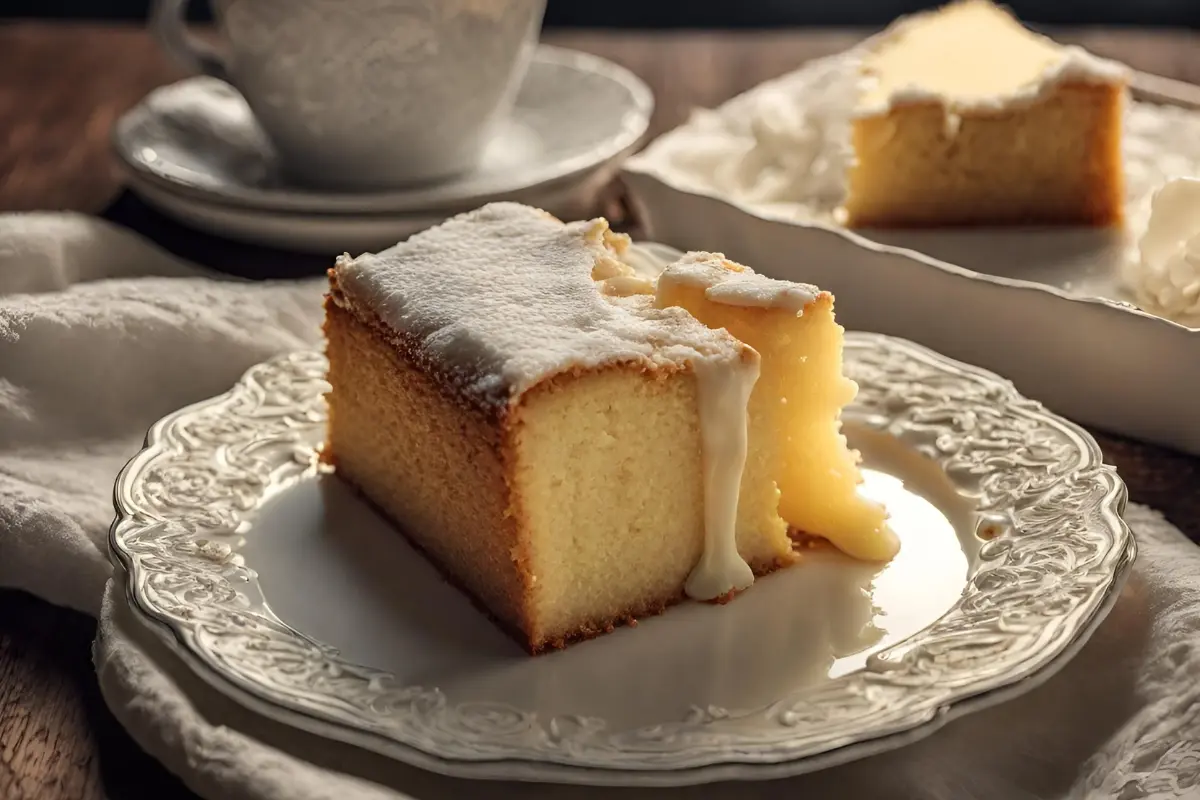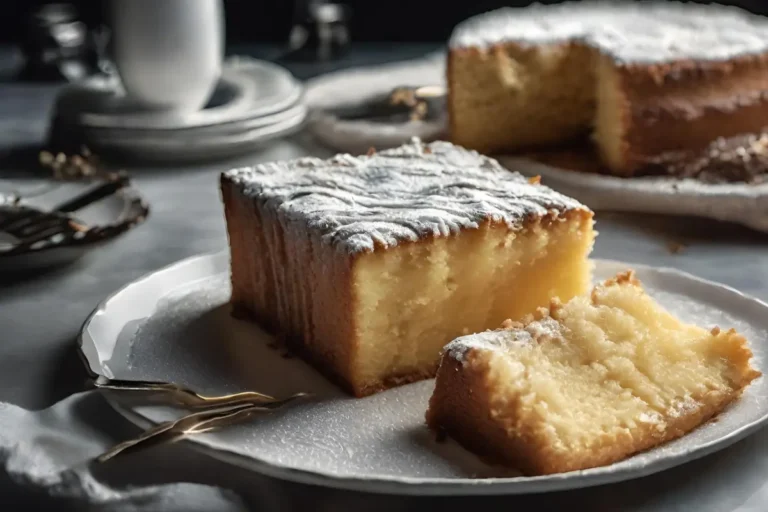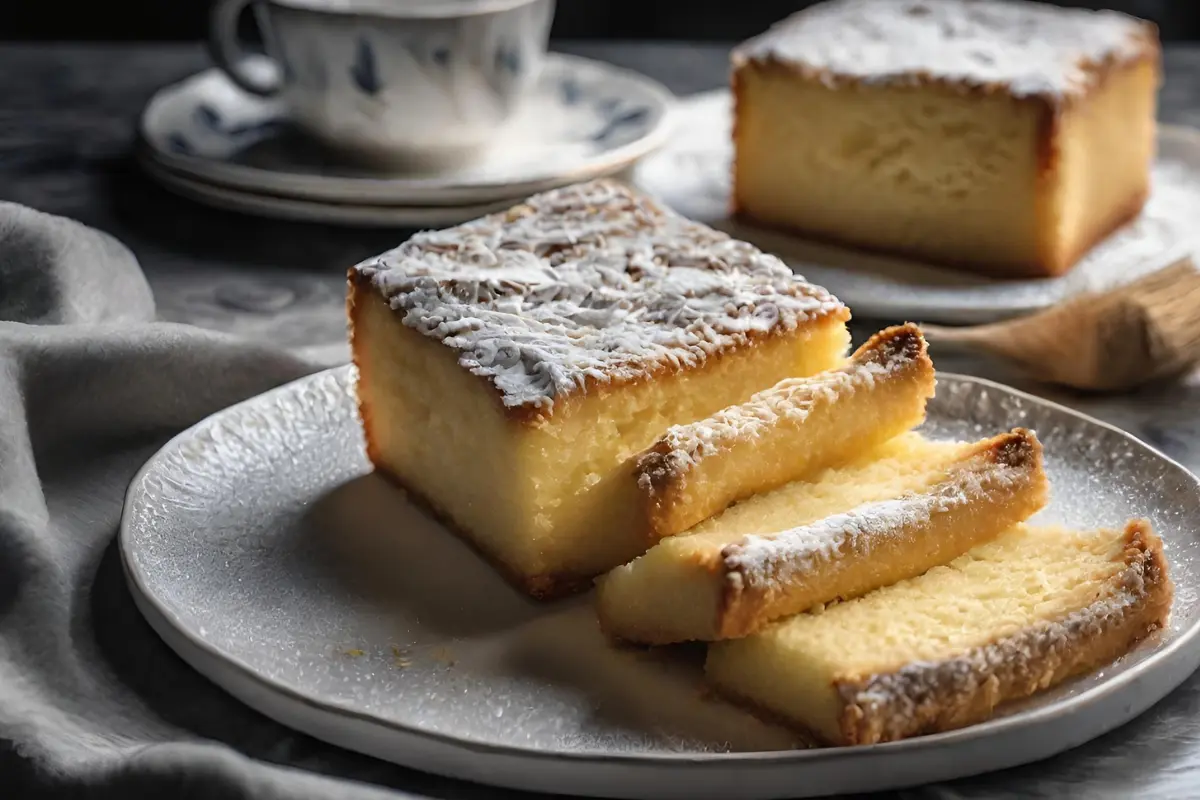Introduction to the Art of Baking Butter Cake
Embarking on the journey of baking a butter cake is not just about mixing butter and flour; it’s about embracing a beloved tradition that brings smiles and sweet scents to kitchens worldwide. This article will guide you through each step, from the ingredients you’ll need to mixing methods, and, finally, how to store your delectable creation. Whether you’re a novice baker or looking to refine your skills, these insights will help you bake a moist and fluffy butter cake that’s sure to impress.
Overview of Butter Cake
What Makes a Perfect Butter Cake
Baking a butter cake involves much more than following a recipe—it’s about understanding the harmony between ingredients and technique. Achieving that perfect creamy texture requires precision and a touch of culinary art. Here, we dive into what makes a butter cake not just good, but great.
Introduction to the Art of Baking Butter Cake
Embarking on the journey of how to bake butter cake is not just about mixing butter and flour; it’s about embracing a beloved tradition that brings smiles and sweet scents to kitchens worldwide. This article will guide you through each step, from the ingredients you’ll need, to mixing methods, and finally, how to store your delectable creation. Whether you’re a novice baker or looking to refine your skills, these insights will help you bake a moist and fluffy butter cake that’s sure to impress.
Overview of Butter Cake
What Makes a Perfect Butter Cake
Baking a butter cake involves much more than following a recipe—it’s about understanding the harmony between ingredients and technique. Achieving that perfect creamy texture requires precision and a touch of culinary art. Here, we dive into what makes a butter cake not just good, but great.
A Slice of History
Butter cake, with its rich history, has evolved from simple pound cakes to become a staple at celebrations and cozy afternoons alike. Known for its buttery flavor and tender crumb, this cake’s simplicity allows it to stand out in a world brimming with elaborate desserts.
Key Ingredients for Success
The foundation of any exemplary butter cake lies in its ingredients. High-quality, room-temperature ingredients are crucial. Unsalted butter, superfine sugar, and fresh eggs are the pillars that uphold the delicate structure of this cake. Opting for cake flour can also make a significant difference, lending a lighter texture to the cake compared to all-purpose flour.
The Role of Technique
Technique is equally pivotal. Creaming the butter and sugar until light and fluffy introduces air into the batter, a critical step for achieving a light cake. Equally important is the method of adding eggs one at a time and ensuring they are fully incorporated without overmixing, which might otherwise lead to a dense texture.
In the next section, we’ll explore the specific ingredients and tools you’ll need to bring your butter cake to life, ensuring you’re equipped to start your baking adventure with confidence.

Ingredients and Equipment Needed for Butter Cake
Essential Ingredients for Butter Cake
To embark on your butter cake baking journey, gathering the right ingredients is crucial. Here’s a detailed list of what you’ll need to create a classic butter cake:
- Unsalted Butter: The main flavor agent in a butter cake, ensuring it’s high-quality and at room temperature.
- Superfine Sugar: Helps achieve a fine crumb and creamy consistency.
- Eggs: Integral for structure and moisture, ensure they are at room temperature for best results.
- Self-Raising Flour: Provides lift and structure to the butter cake. If you need a substitute, you can use all-purpose flour mixed with a little baking powder.
A pinch of salt and a teaspoon of vanilla extract are also essential, enhancing the flavors that define a butter cake.
Baking Tools Needed
An excellent butter cake can be distinguished from a mediocre one by using the proper tools. Make sure you possess:
- Electric Mixer: Critical for creaming butter and sugar to the right lightness.
- Mixing Bowls: Various sizes for organizing ingredients.
- Measuring Cups and Spoons: Accuracy is crucial when baking.
- Spatula: For folding and ensuring all ingredients are well-incorporated.
- Cake Tin: A round 20cm cake tin is commonly used, properly greased and lined.
Properly preparing your cake tin is crucial for achieving the perfect butter cake. This involves greasing it well and lining it with parchment paper, which helps in easy removal and even baking of the cake.
In the next section, we’ll dive into the detailed steps of the baking process, combining these ingredients and tools to bake the perfect butter cake.
Step-by-Step Baking Process for Butter Cake
Preparation Steps
A good start is key in baking, and for butter cake, this means setting everything up for success:
- Preheating: Begin by preheating your oven to 350°F (175°C), which is the optimal temperature for baking a butter cake.
- Prepare Your Cake Tin: Grease your 20cm cake tin and line it with parchment paper. This ensures that your butter cake will release easily and maintain an even shape.
Mixing the Ingredients
The mixing process is where the magic starts to happen, turning basic ingredients into something special:
- Creaming Butter and Sugar: Using your electric mixer, cream the unsalted butter and superfine sugar until the mixture is pale and fluffy. This is crucial as it introduces air into your butter cake, making it light and airy.
- Egg Incorporation: Add eggs one at a time, making sure to fully absorb each before moving on to the next. This gradual addition helps maintain the structure and prevents the batter from curdling.
- Alternating Dry and Wet Ingredients: Start with one-third of your sifted flour, mix it in gently, then add half of your milk. Repeat this process and finish with the last portion of flour. This method helps keep the cake tender.
Baking the Butter Cake
It is time to bake now that your batter is prepared:
- Bake the Cake: Pour the batter into the prepared tin and smooth the top with a spatula. After preheating the oven, put it in and bake for 25 to 30 minutes. The cake is done when it’s golden and a tester inserted in the center comes out clean.
- Cooling the Cake: Let the butter cake cool in the tin for 10 minutes before removing it to a wire rack. This allows the cake to set and makes it easier to handle without breaking.
Following these steps carefully will help you bake a perfect butter cake that’s both delicious and visually appealing. In the next part, we’ll cover some advanced techniques and tips to enhance your baking skills further.


